ANDY WARHOL (1928-1987)
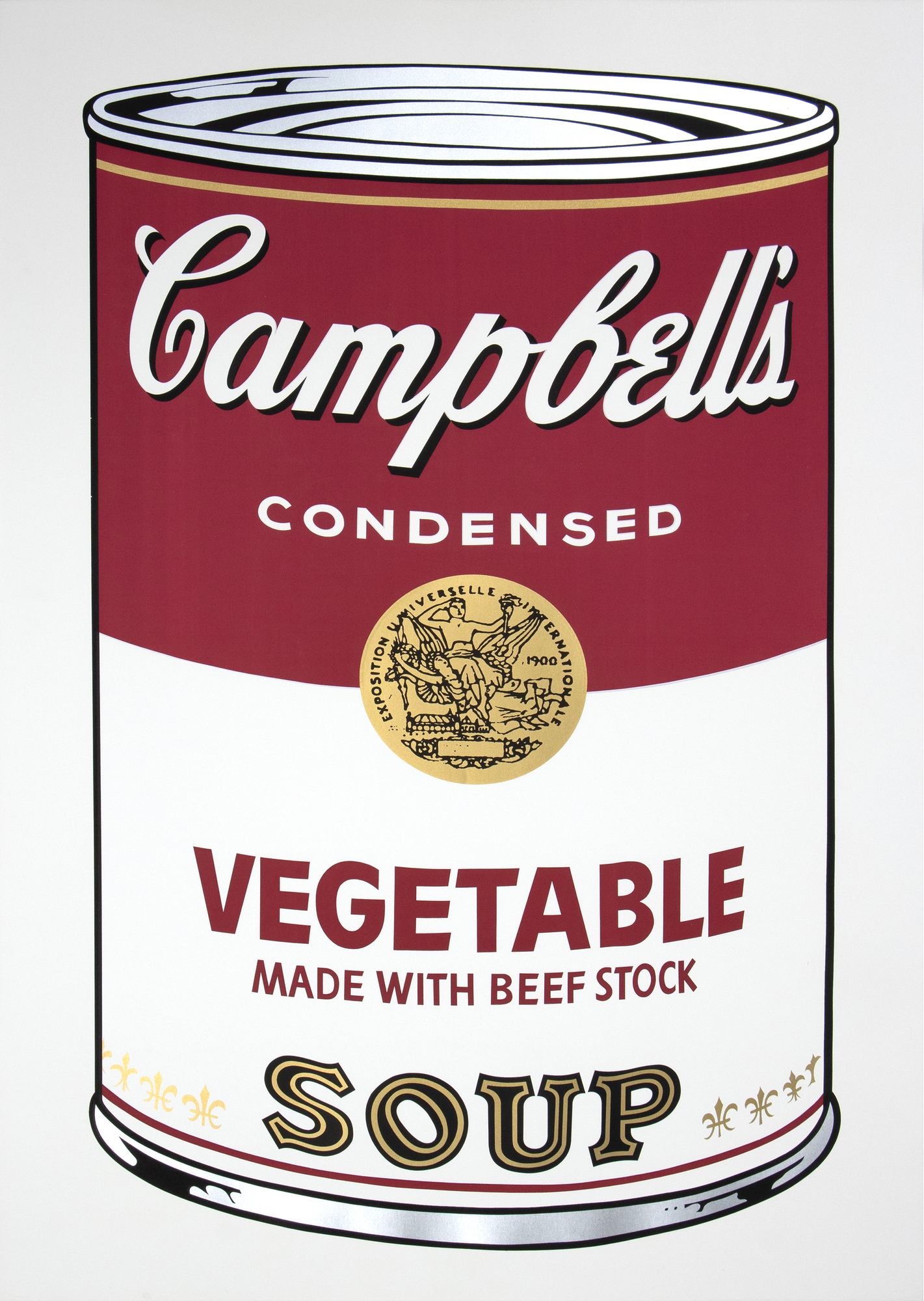
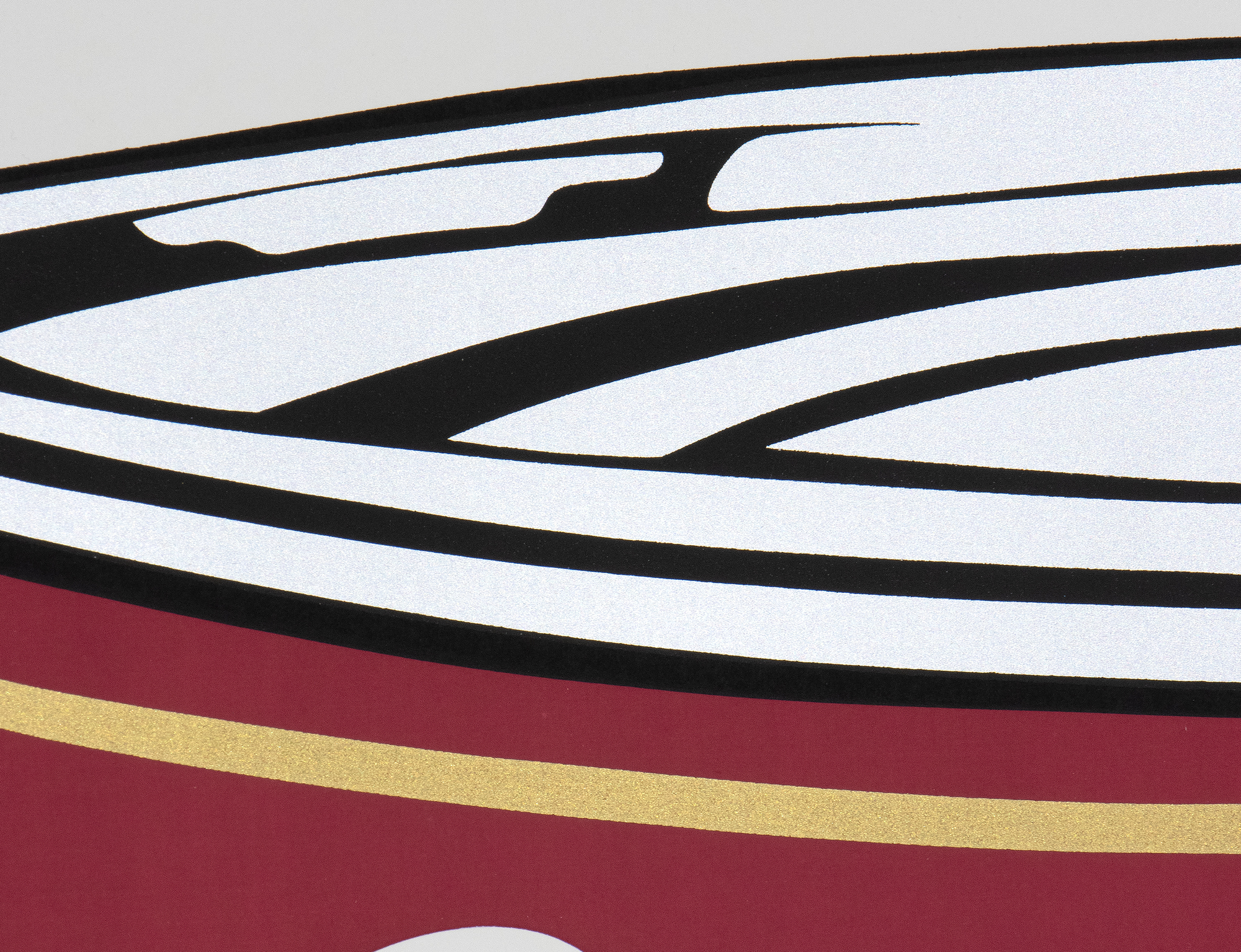
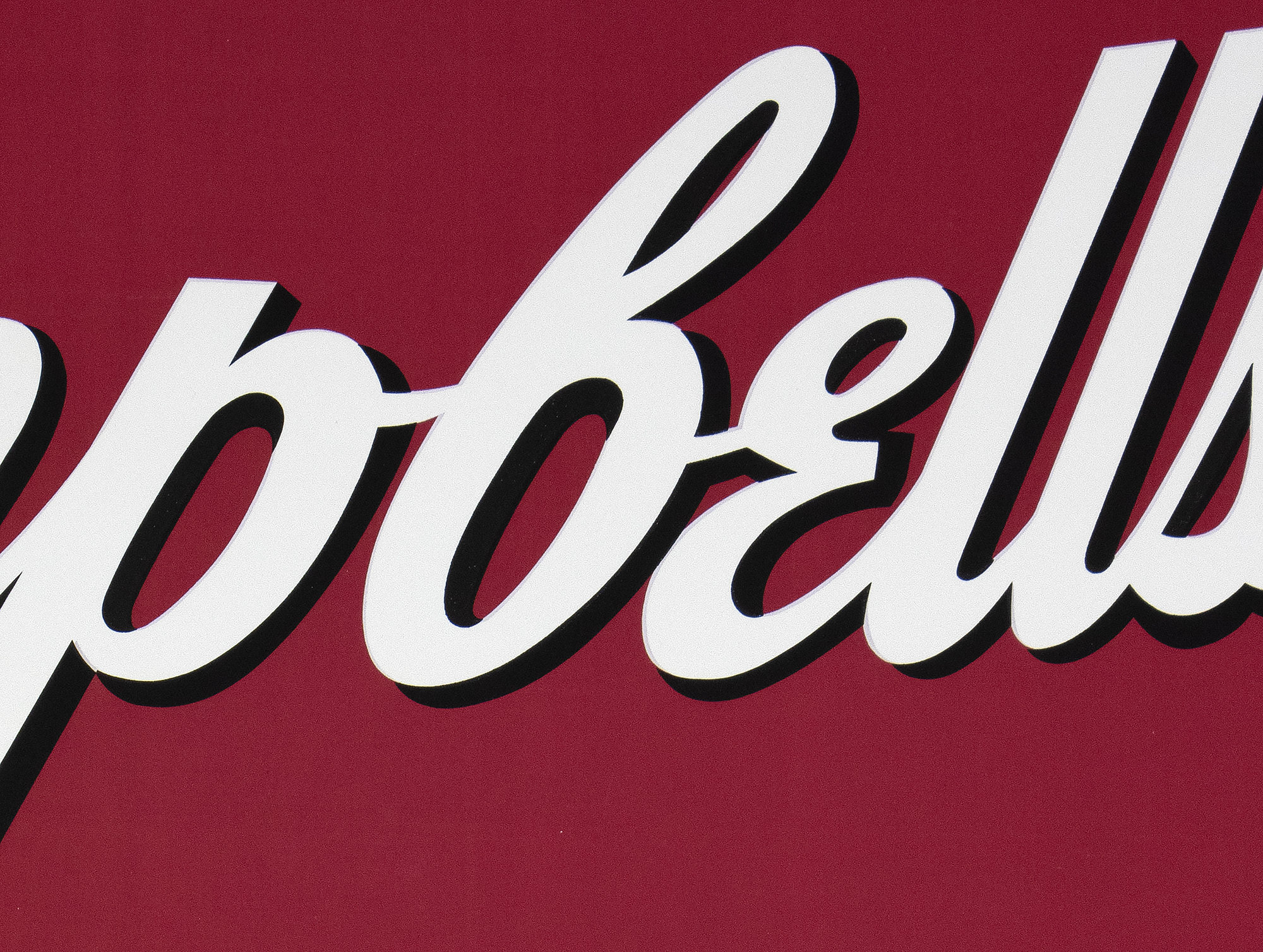
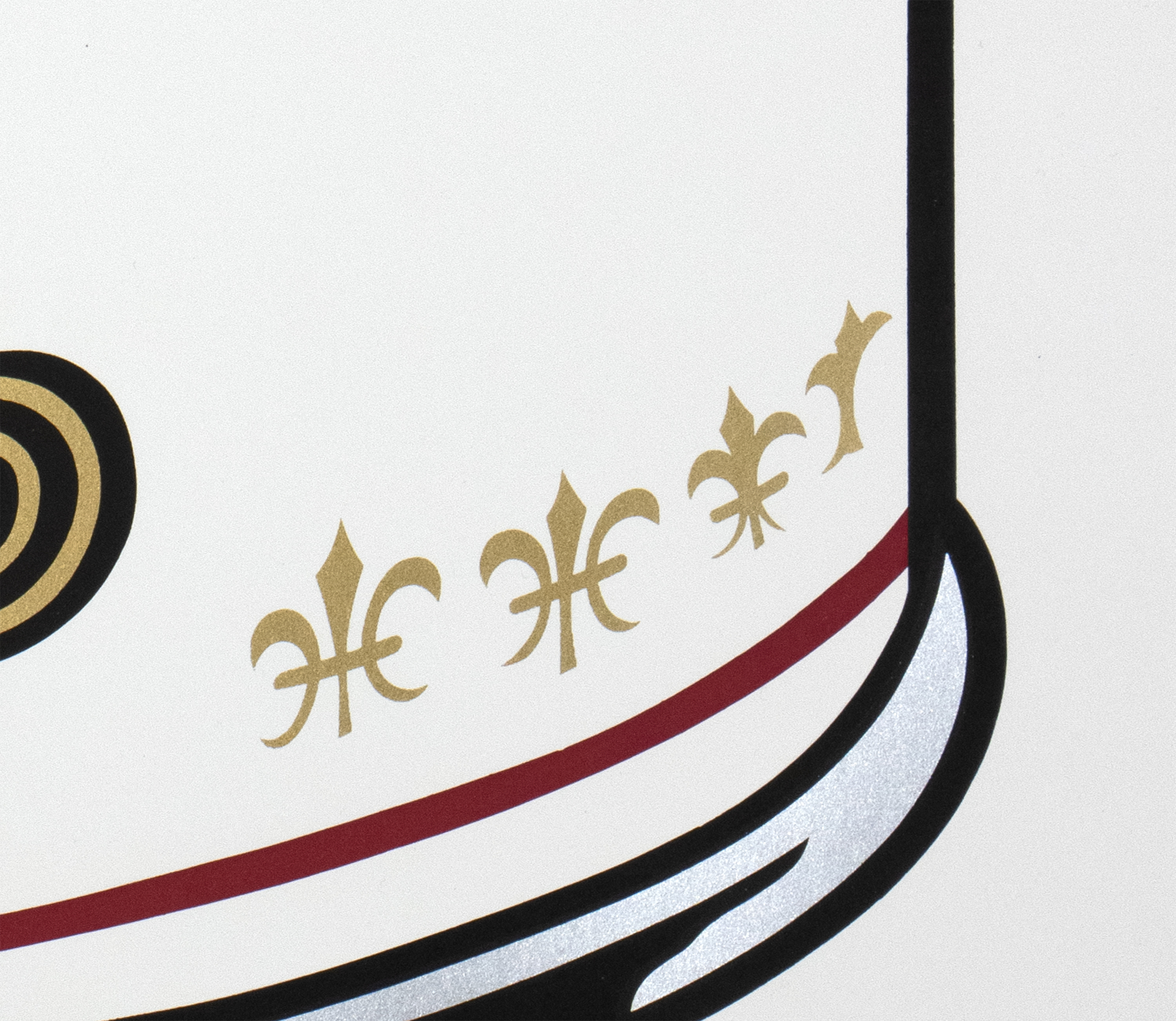
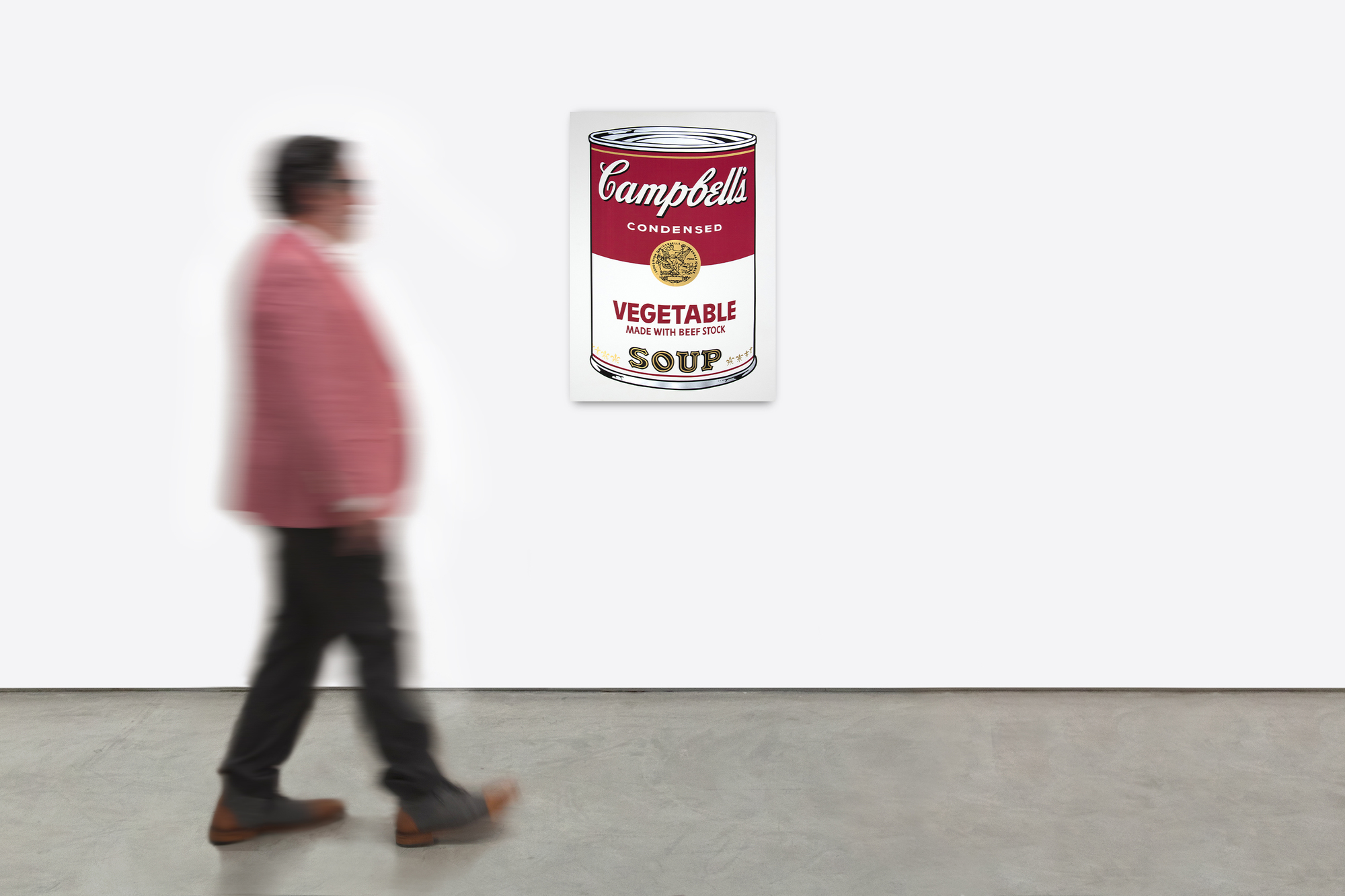
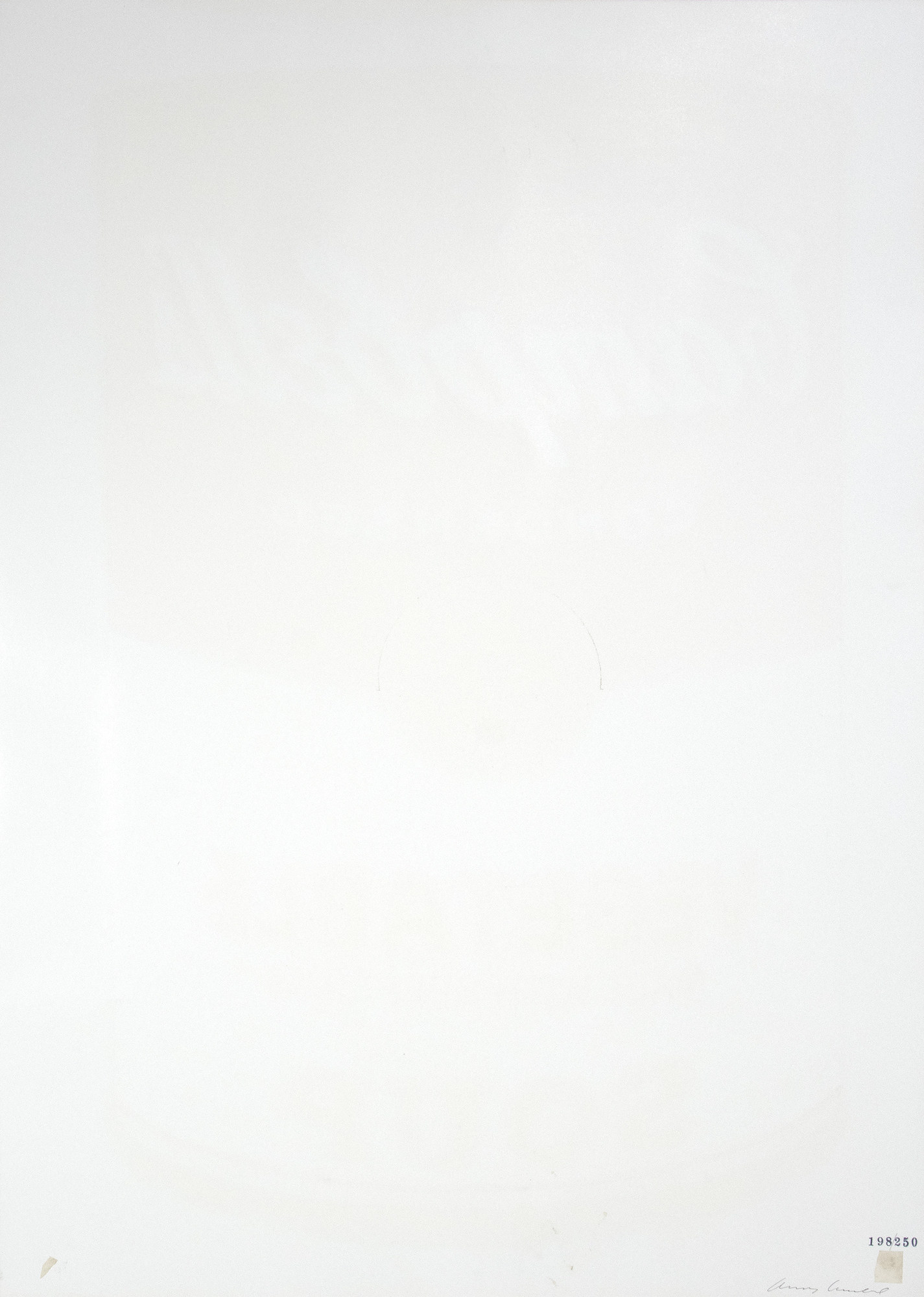
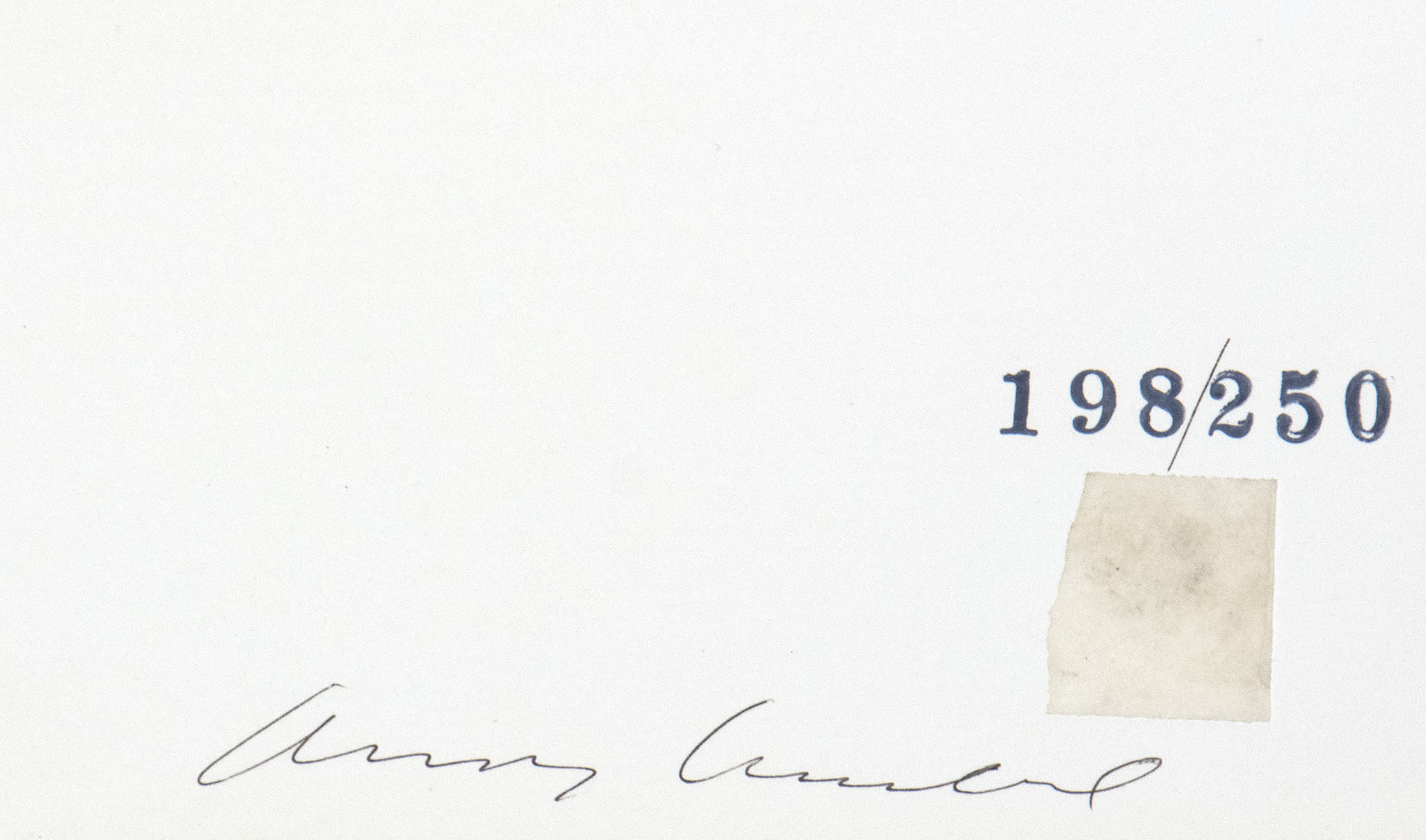
Procedencia
Colección privadaLiteratura
Feldman, F. & Schellmann, J., 1985, Andy Warhol Prints: a catalogue raisonné, R. Feldman Fine Arts, II.48La rapidez con la que el mundo del arte acogió a Warhol fue notable: en julio de 1962, sus treinta y dos pinturas de latas de sopa Campbell debutaron en la Ferus Gallery de Los Ángeles, cimentando rápidamente su reputación. Aquellos primeros lienzos, entre sus últimas obras pintadas a mano, parecían producidos casi mecánicamente, pero Warhol pronto abandonó el pincel en favor de la serigrafía, un proceso comercial que permitía tanto la repetición infinita como variaciones sorprendentes de los temas elegidos.
Vegetable Soup fue una de las treinta y dos variedades originales y sigue siendo un fenómeno de la cultura pop, que reaparece continuamente en todo tipo de objetos, desde platos y tazas hasta camisetas, corbatas e incluso tablas de surf. La transformación por Warhol de un producto cotidiano del supermercado en un icono perdurable subraya su genio para elevar lo ordinario al reino del arte. Con sus contornos nítidos y su precisión industrial, Vegetable Soup encarna la contribución más radical del artista: la fusión de la cultura de consumo con las bellas artes.


